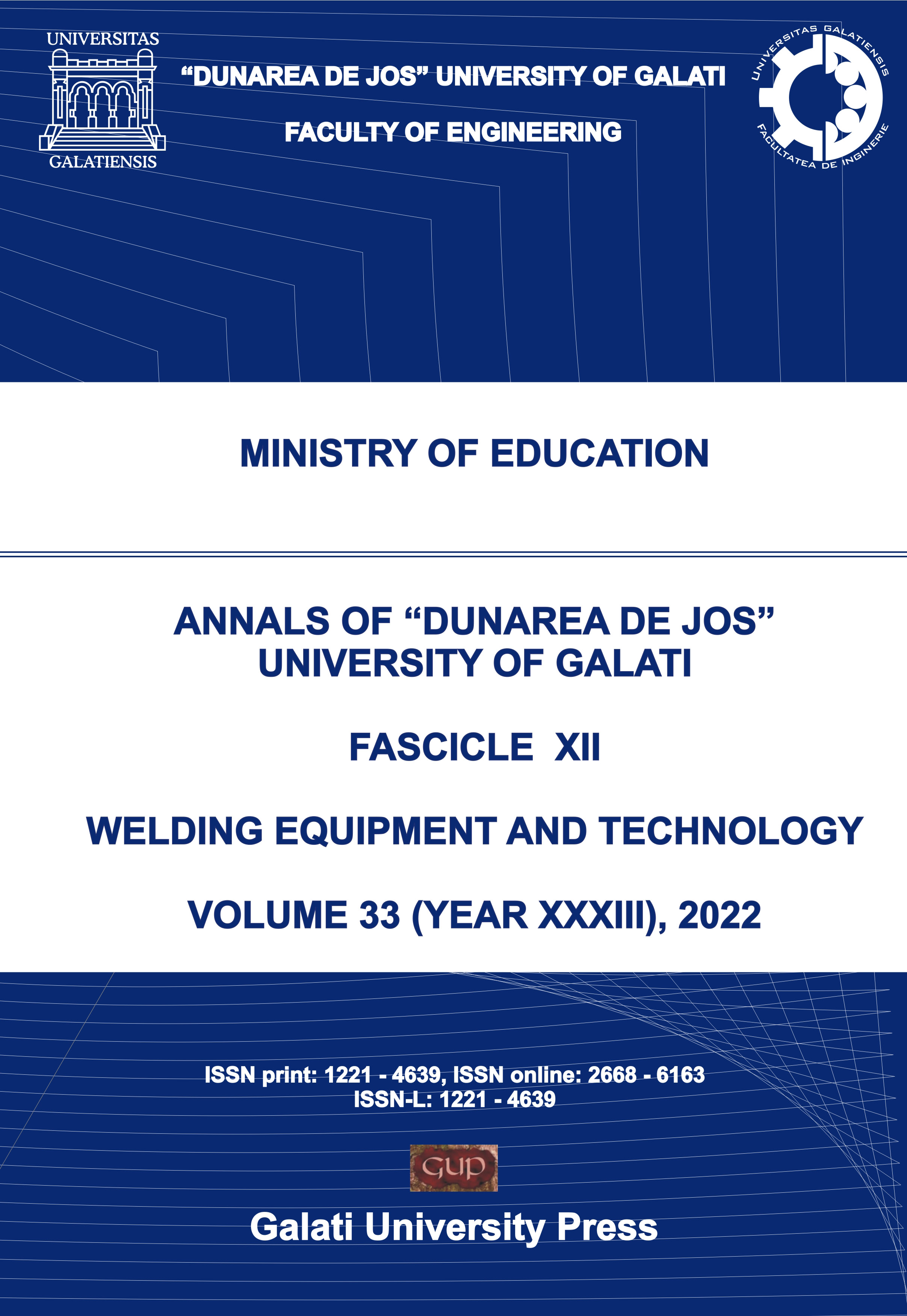Mechanical Characterization of Filler Modified ABS 3D Printed Composites Made via Fused Filament Fabrication
Abstract
Rapid prototyping (also known as additive manufacturing, AM) is a quickly developing process with increasing new applications in a large variety of industrial sectors (i.e., aerospace, automotive, medical, among others.) However, despite the great advantage of a decoupled price to part complexity of an AM fabricated structure, the material properties (largely governed by filament material and printing parameters) still present a significant limiting factor. In this context, the development of new filament materials for a wider range of applications has great potential. In this study the influence of micro-scale filler reinforcement (powders) both natural (curauá) and synthetic (glass fibre) in the fabrication of an Acrylonitrile Butadiene Styrene (ABS) filament was evaluated. The filler was controlled by weight fraction (~1%) and the filament was fabricated via extrusion. A commercially available 3D printer was used to print tensile and flexural specimens for mechanical characterization as per ASTM standards. The fracture morphology was analysed after tensile testing via optical microscopy in order to evaluate to effect of the fillers in the material deposition and void formation. No significant variation in the tensile properties was reported, except for the strain at failure, while more significant flexural strength variation was observed as a function of filler material. The fillers presented a significant effect in void density of the fractured surface. It was demonstrated that this simple fabrication technique can generate novel filament materials that may enhance the mechanical properties or widen the range of application (e.g., faster decomposition times in nature for single use plastics due to the hydrophilic nature of the natural filler and lower water absorption of the hydrophobic synthetic filler for marine environment applications).
Downloads
Papers accepted for publication become the copyrighted property of the Annals of "Dunarea de Jos" University of Galati, Fascicle XII, Welding Equipment and Technology. No part of the publication may be reproduced or transmitted in any form, or by any means, electronic or mechanical, including photocopy, recording, or any information storage and retrieval system, except in limited quantities for the non-commercial purposes of scientific or educational advancement, without permission in writing from the Editorial Board.


